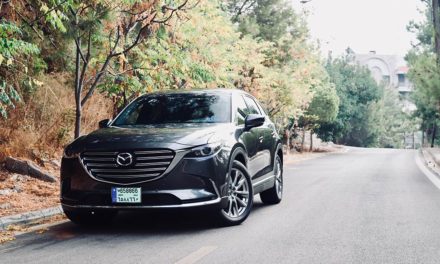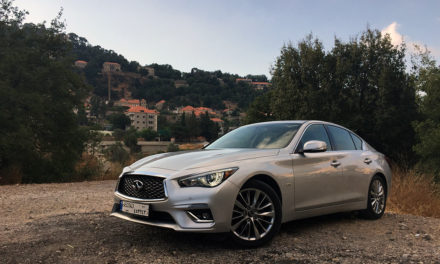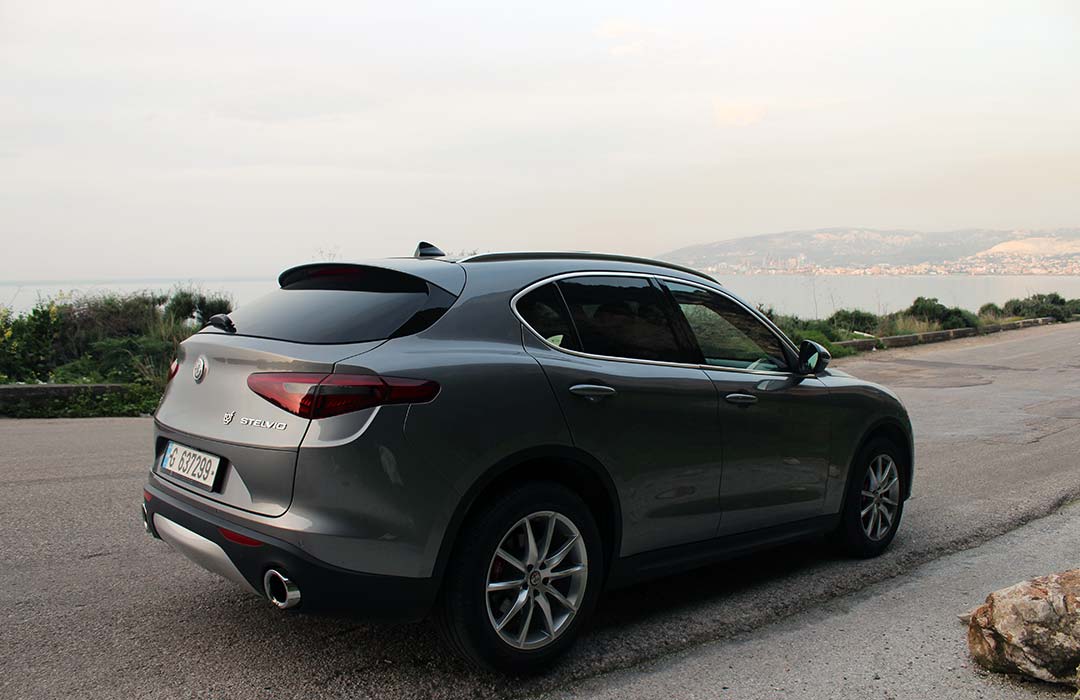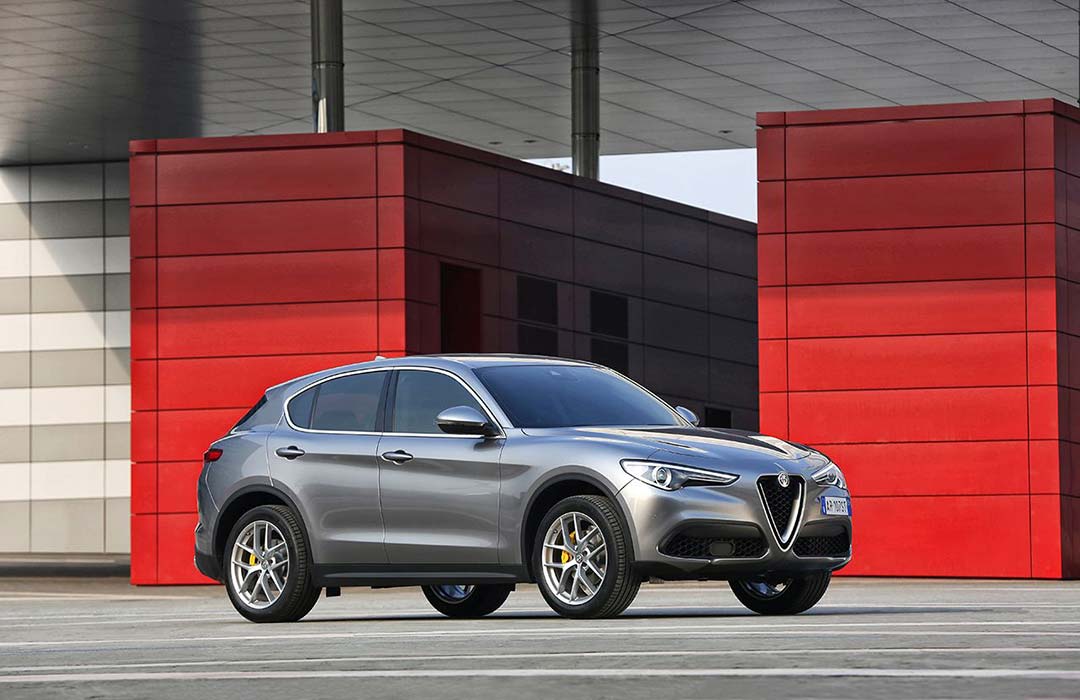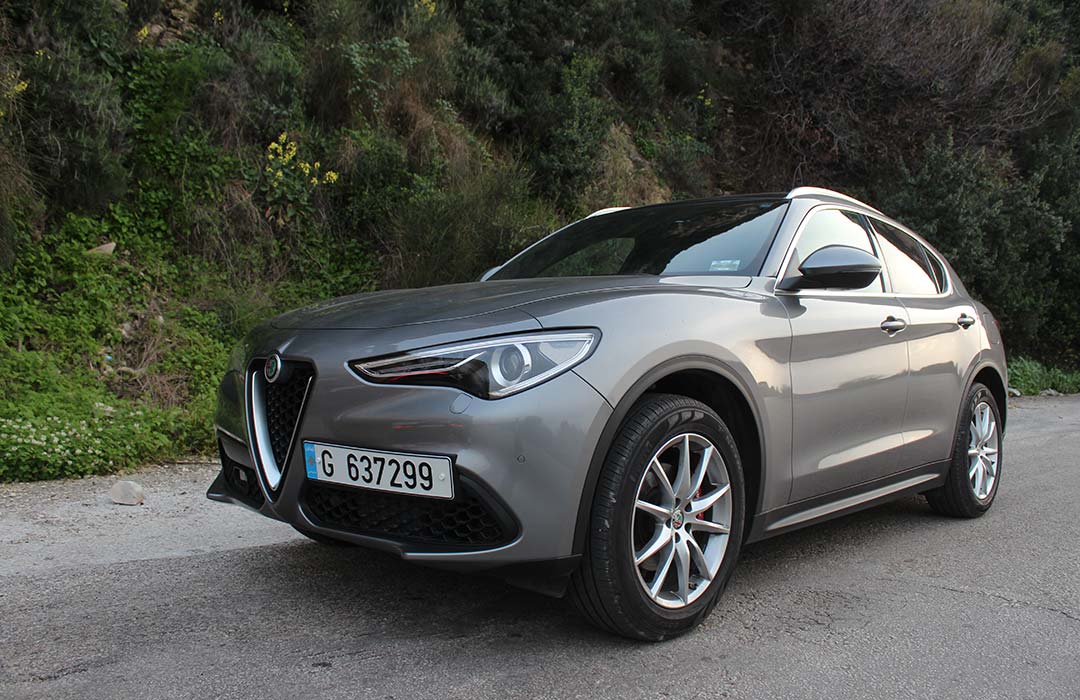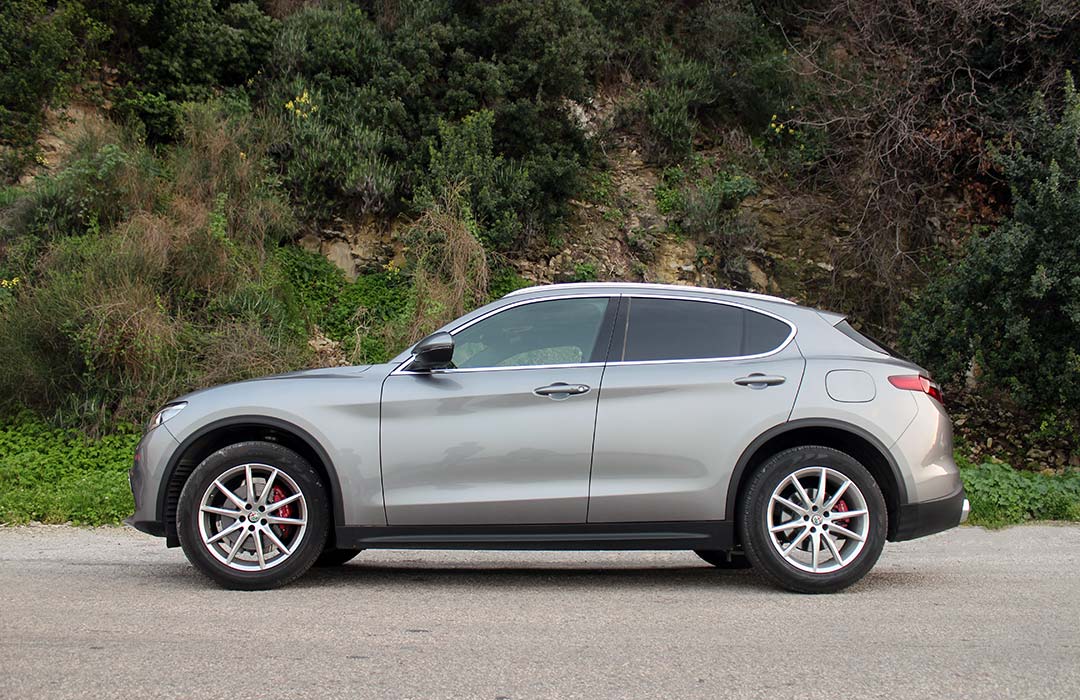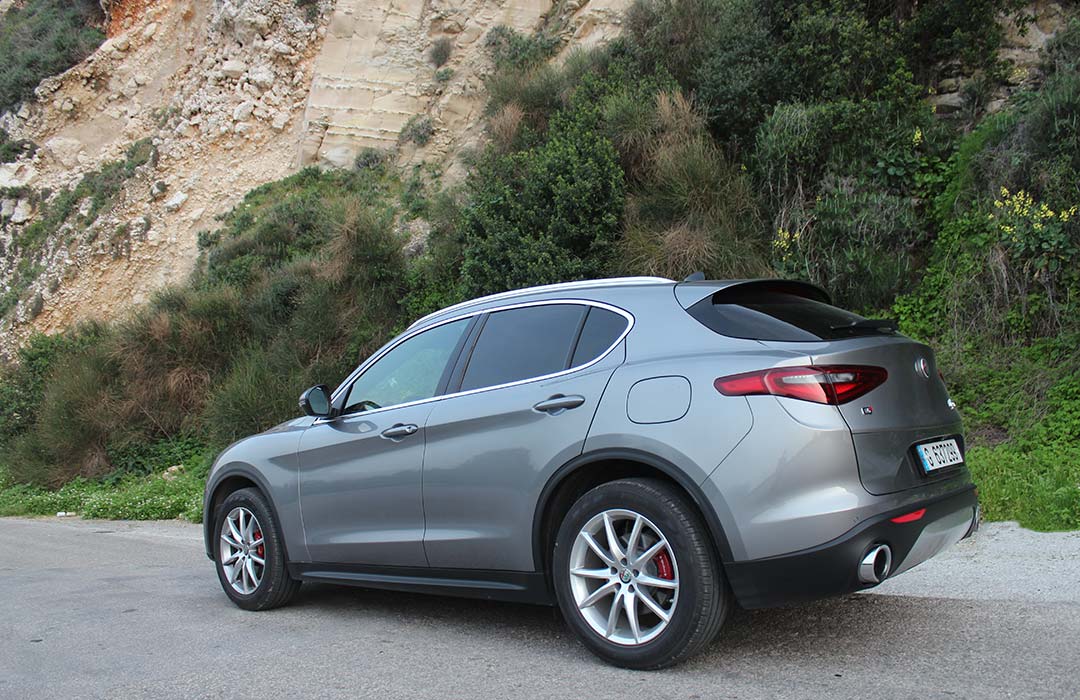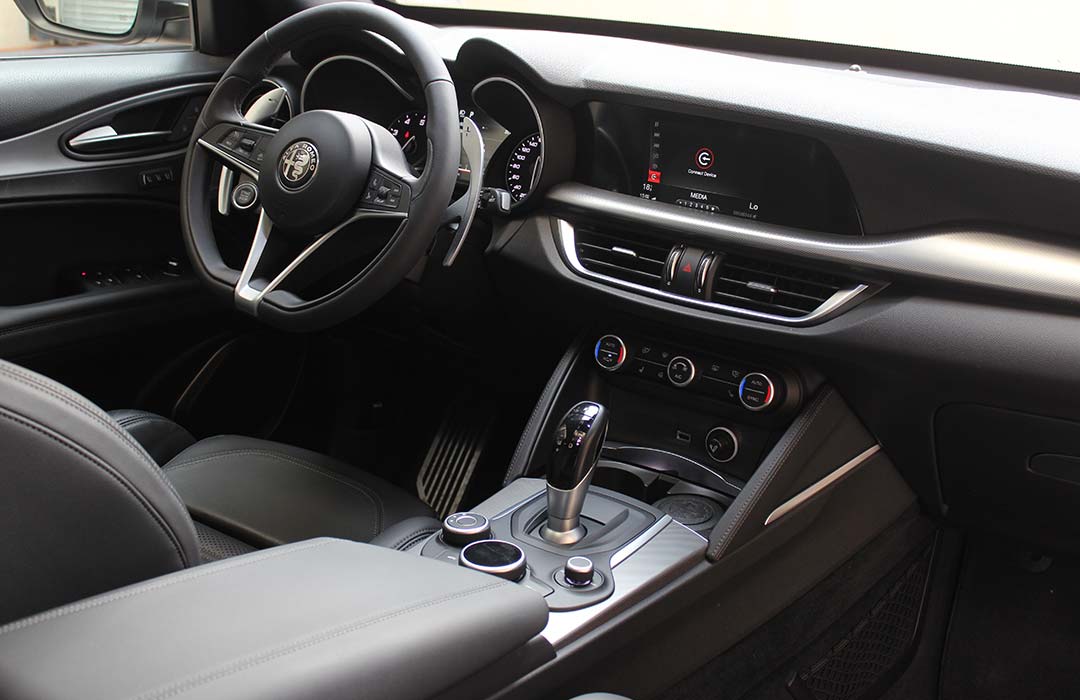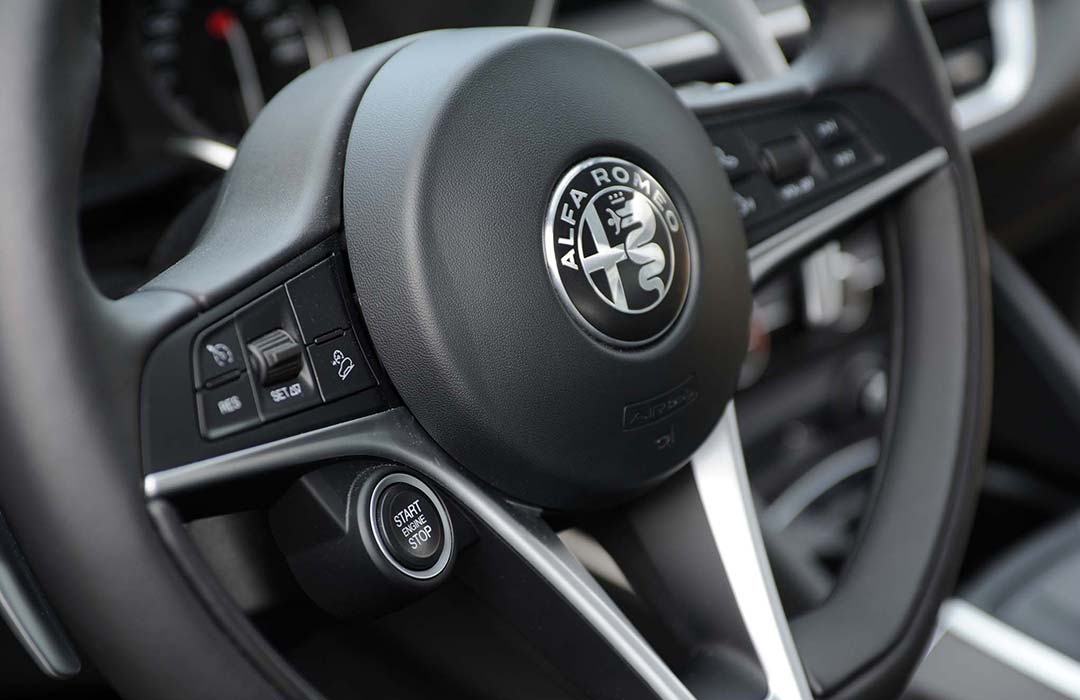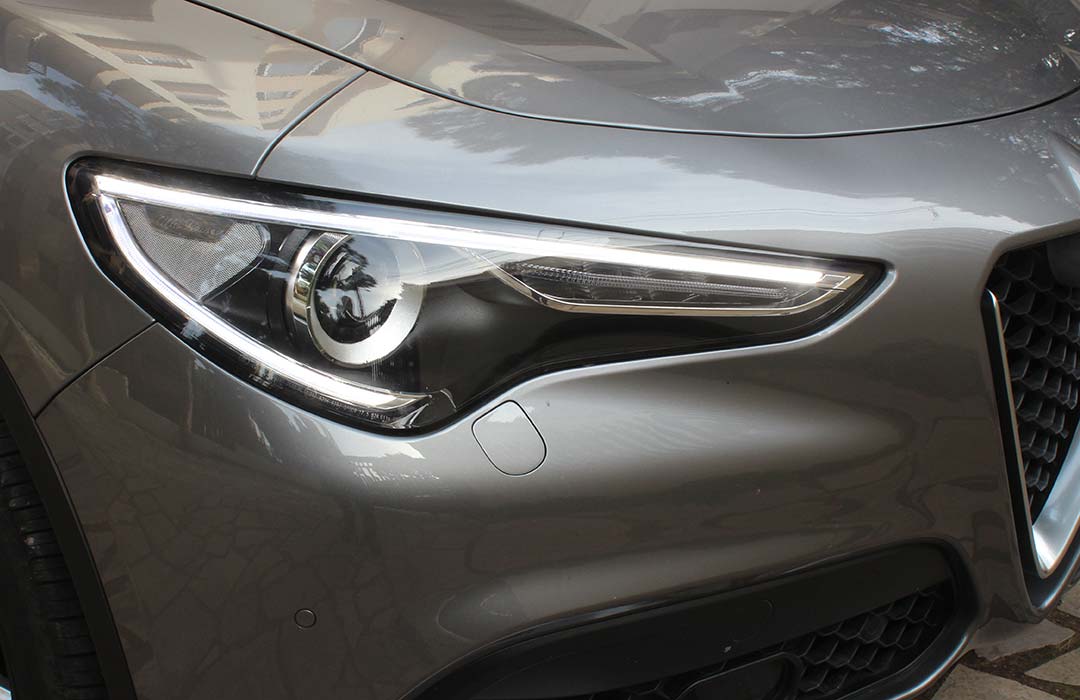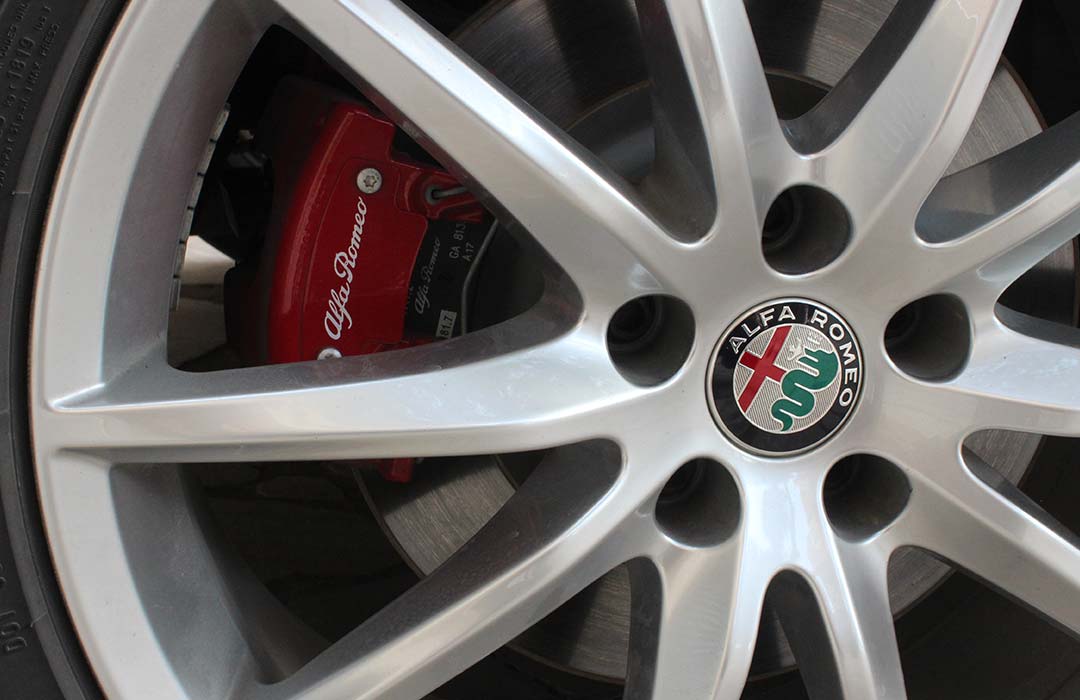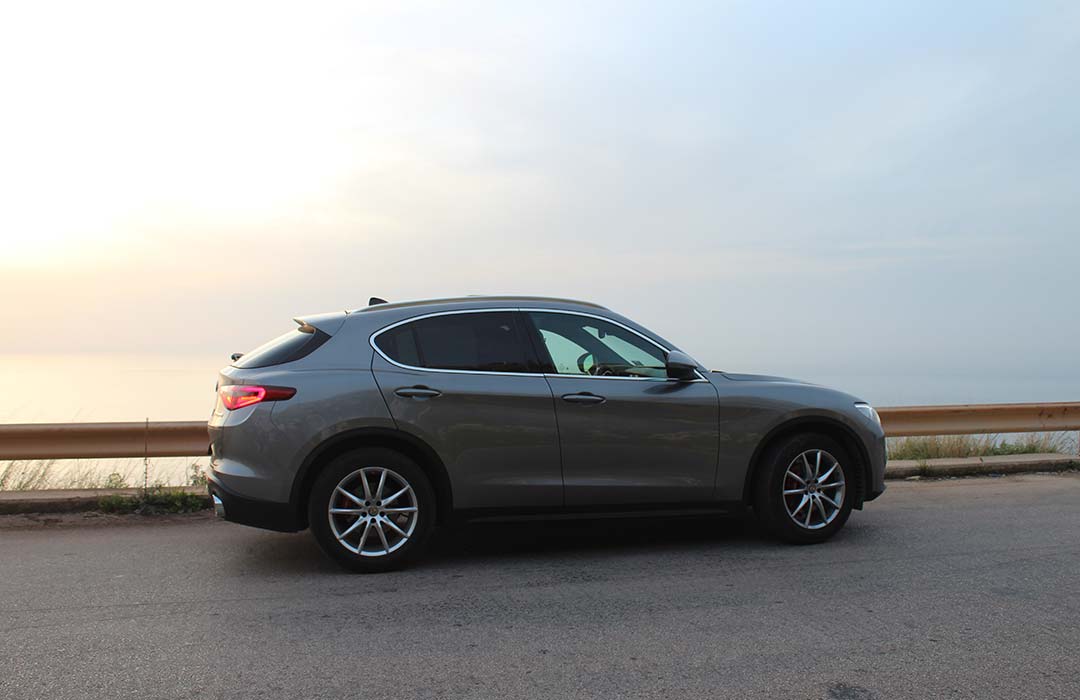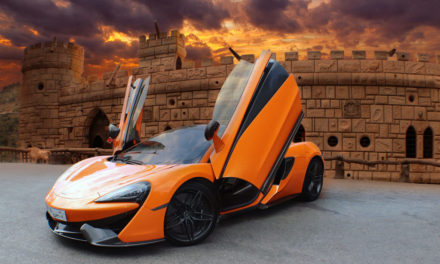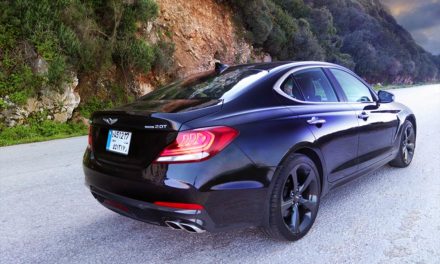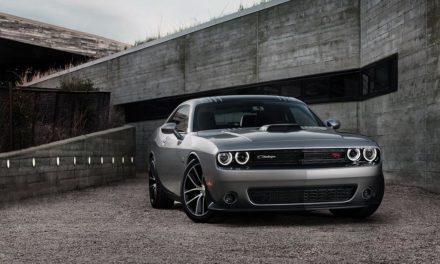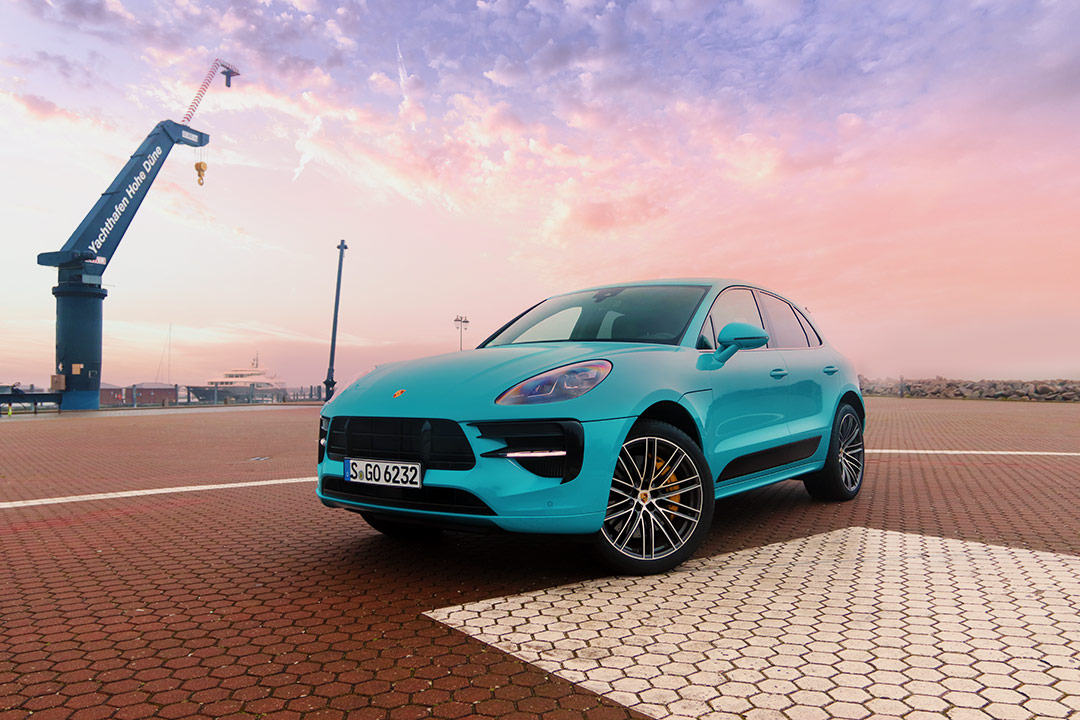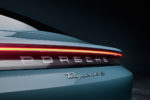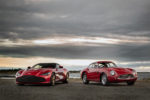Sensuality, Italian Style
T
his is a first: an SUV manufactured by Alfa Romeo. You’re thinking, “So what, everybody and his uncle have been on the crossover bandwagon for quite a while now.”
My advice: Stop thinking that, because the Stelvio will make you eat your words.
I won’t waste your time with pointless drivel, so let’s get to the crux of the matter and to what makes this an extraordinary crossover: It’s the chassis, clear and simple.
There’s a reason why car manufacturers spend billions designing and engineering a car’s platform: It has to handle the stresses it is subjected to and display stiffness, all while allowing for stability, handling, optimal weight distribution and a low center of gravity, not to mention numerous other criteria that people better-versed in the subject than me can explain. In a nutshell, if it doesn’t meet such standards, the entire vehicle becomes a waste of space, money and steel.
Most SUVs make the grade, but they’re designed as SUVs from the start and so they behave like SUVs, meaning if you throw the steering wheel around they have trouble maintaining their composure.
The Stelvio, on the other hand, is built on the outstanding Giorgio chassis, which as you probably know underpins the superb Alfa Romeo Giulia. That alone should say something about this crossover, which demonstrates the sort of handling and response that traditionally fall in the purview of sports sedans and coupes.
Yes, the Stelvio sits higher than the Giulia and is fitted with taller springs – it’s an SUV, after all – but the shocks are stiffer and offset the car’s taller stance. As a result, what you end up with is crisp handling and a light yet remarkably rigid frame that begs to be pressed hard and exploited.
Prior to trying out the Stelvio, I’d read about the Giorgio chassis. Every review indicated it was stellar, and my friends at the Alfa Romeo dealership were full of praise for its merits.
” This SUV handles almost as well as its Giulia sibling and the feeling of that tight chassis is simply marvelous”
To be honest it sounded too good to be true, almost like a marketing gimmick. How could something so extraordinary come from a brand that for the past few decades hadn’t made a single model whose name I could remember, except maybe the recent 4C? I mean, I loved the classic GTV and Sprint, and I could go back in history – Alfa Romeo’s is a very long one – and start naming cars that would tug at your heartstrings, among them the original Giulia.
But now? After all the ‘90s horror stories? As someone who test-drives cars in order to provide our readers with the facts, my philosophy is not to believe anything until I try it out for myself.
And try it I did. To my great delight, I discovered that my skepticism was unfounded because as it turns out the praises weren’t exaggerated in the least. This SUV handles almost as well as its Giulia sibling and the feeling of that tight chassis is simply marvelous.
The version I was driving was the Stelvio Veloce, a masterstroke fitted with a turbocharged 2.0-liter mill producing 280 ponies and a whopping 400 Newton-meters of torque that best demonstrates its capabilities on twisty roads and at speed. And naturally I pressed the car.
Remarkably, at no point did it object or show signs of its SUV nature. It really feels and behaves like you’re driving a premium sports sedan with the performance to match – the Veloce gets you from zero to 100 kilometers an hour in 5.7 seconds and on to a top speed of 230 kph. Moreover, thanks to its sublime eight-speed automatic transmission, with paddle shifters of course, the climb up the speedometer is smooth and free of any overly perceptible shifts.
But these days almost any car can produce performance – in a straight line – which is why I took the Stelvio for a drive on twisty mountain roads where it had to cope both with going uphill and sharp corners. Let me just say few crossovers have impressed me as much with their driving dynamics since my last foray with a Porsche Macan GTS, and I wasn’t even driving the Stelvio’s Quadrifoglio variant.
While the Stelvio affords an exceptional and serene ride in the city and on the highway, its chassis makes it ideal for taking on mountain roads. While those 280 horses and 400 Newton-meters of torque make short work of the climbs, it’s the platform and suspension that simply shine on the corners, making you search impatiently for the next one so you can throw this SUV into it and experience the exhilaration again and again. It’s no wonder that the expandable platform is set to be used in other FCA brands ranging from Chrysler and Jeep to Dodge and Maserati.
The steering is just as precise, if somewhat dampened, and puts the nose in exactly the direction you want the Stelvio to go with no hint of understeer. The braking too is superb, but it takes time to get accustomed to the initial softness at the top of the pedal travel before the calipers grip the discs and bring the car to a halt.
But those of us who live in this country don’t spend most of our time taming mountain roads. Rather, our time is usually wasted driving bumper-to-bumper in Beirut traffic. And if we’re in the wrong car, by the time we get to our destination, every muscle in our body aches.
Thankfully the Stelvio is not one of those wrong cars. In fact, after a two-hour schlep, in traffic, from Beirut to Batroun, I felt no signs of fatigue. The sporty seating is firm and holds you in place just fine on corners, but otherwise it’s comfortable enough that you can drive for hours without needing to take a break. It also helps that you have six-way power seats on both sides to find the perfect position, with a power bolster, all wrapped in sumptuous leather.
The rest of the interior is equally accommodating, including the leather-wrapped multifunction steering wheel. Above your head, a panoramic power sunroof with a power curtain illuminates the cabin, creating a sense of space and openness.
The dash, meanwhile, is also a nod to the Giulia, exhibiting the same Italian styling and well-defined contemporary cues.
Still, despite the seismic shift in the car’s handling, performance and creature comforts, for the sake of full disclosure I should admit that when it comes to cars, SUVs have never been my first choice. I like them fine, and can recognize and appreciate their benefits, but by their very nature most lack the enticing designs found in coupes and certain sedans. Can you imagine anyone getting as excited over the looks of a BMW X3 as they would over a 4 Series Coupe?
But even in styling, the Stelvio is something else, actually boasting an hourglass design that one associates with only the most beautiful European sports cars from decades ago.
Every design element on the Stelvio screams Italian styling. There are no two-dimensional panels on this car: The sides are sculpted with graphic lines that run along curved door panels, bulging out at the front fenders and the rear wings. The nose itself is a piece of art with crisp folds and edges that curve down into the fenders. The engine-bay lid with its rounded front edge is integrated into that nose and pays tribute to Alfa Romeos of the past, as does the aluminum insert in the triangular grille. Even the narrow Bi-Xenon headlamps, framed by LED eyeliners, accentuate the car’s fascia.
As I said, boxy it isn’t, especially with its arcing roofline that gives even the Giulia a run for its money. And the entire package sits on attractive 19-inch rims, with painted calipers peeking through the spokes.
Finally, let’s talk about build quality, fit and finish. I really wanted to find fault with this car, because as I said before, when things sound too good to be true, they usually are. Something somewhere always disappoints. I was hoping to expose anything that would show this wasn’t an SUV built by superhumans.
But facts are facts. I could find absolutely nothing I hated about the car. I couldn’t even find anything that was mildly annoying, except maybe the slightly soft brakes, but that’s probably because I’m accustomed to my own car, whose steering, I discovered, can’t hold a candle to the Stelvio’s.
To sum this up, if you want an SUV that performs and handles like a sports sedan and looks as sensual as an Italian classic, you’ve come to the right place.
Is it worth the $75,000 price tag before registration? Yes. Yes it is. Every cent. And if you decide to buy one, do yourself a favor and be courageous: Get one in a bright color like red or blue – it brings out the beauty in the Stelvio and highlights its curvaceous shape.

